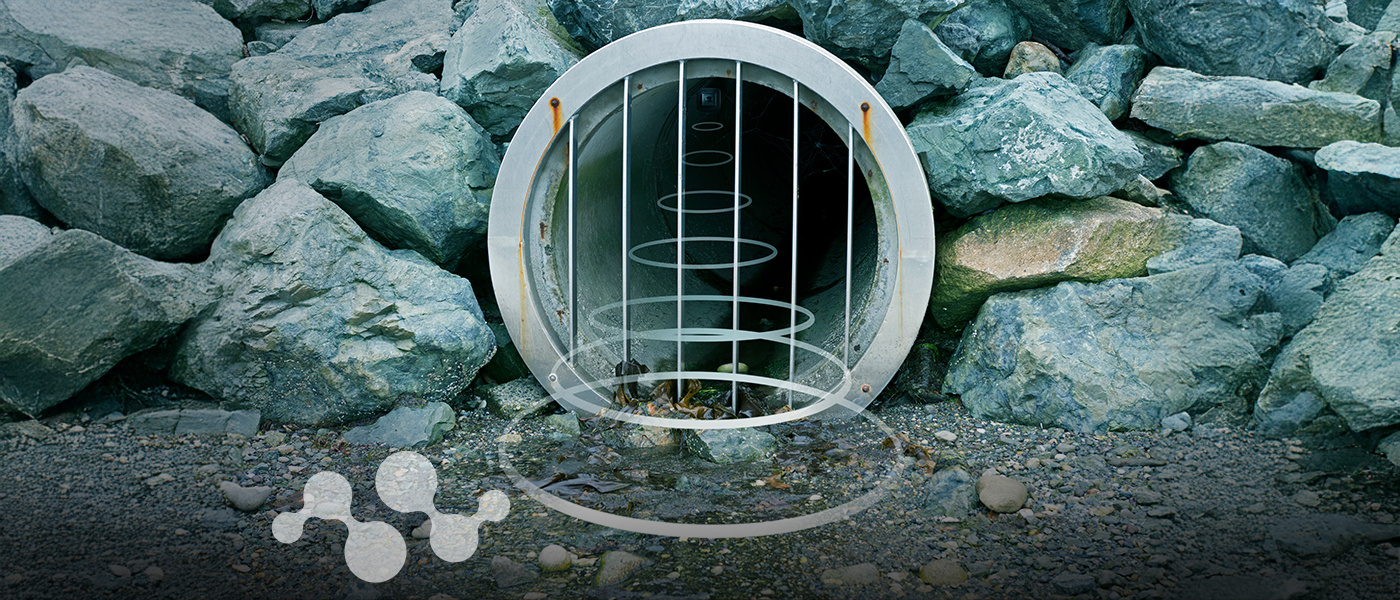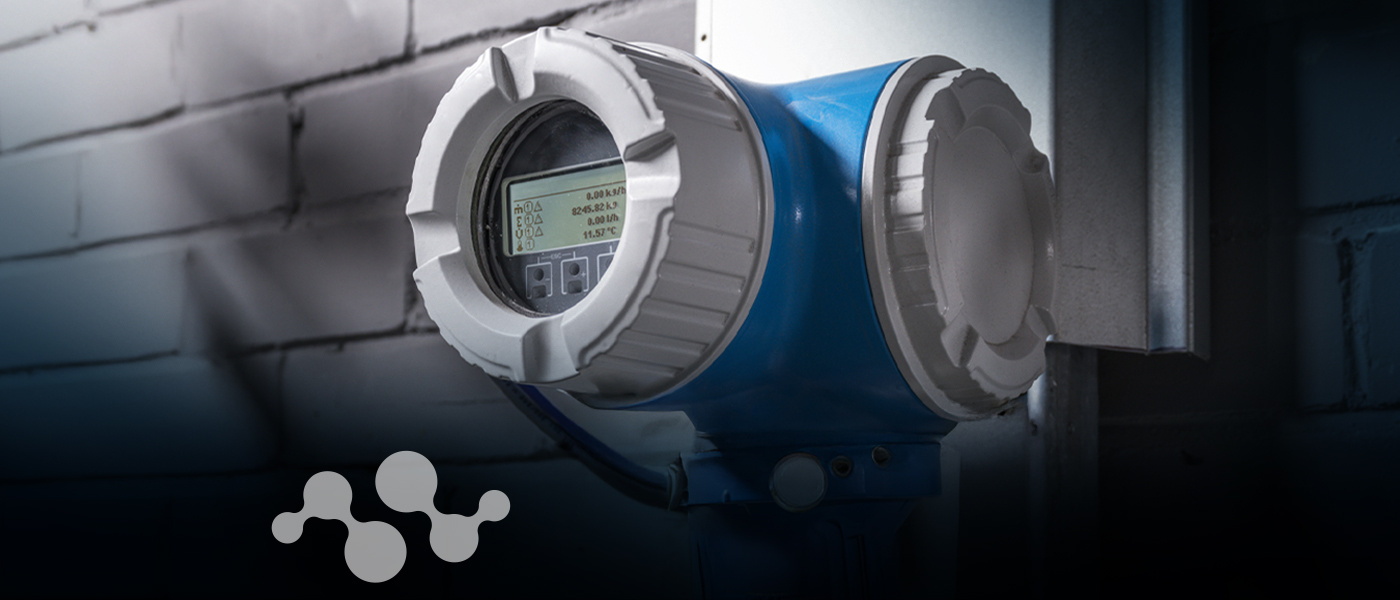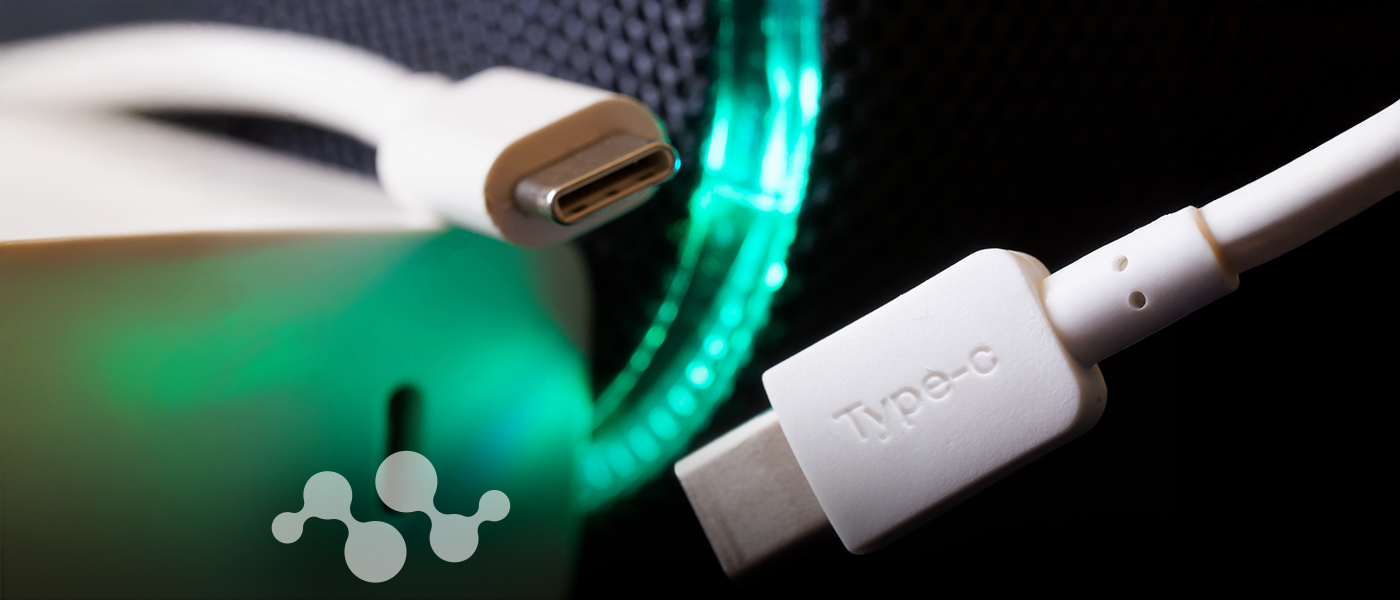Overview
The GS3470 is a multi-rate SDI Receiver which includes complete SMPTE processing. The SMPTE processing features can be bypassed to support signals with other coding schemes. Multi-link UHD can be supported when multiple GS3470 devices are used.
The device features a dual input buffer with a 2x2 MUX. The 2x2 MUX can select between either input for de-serialization and can route either of the two inputs to the serial loopback independently (reclocked or non-reclocked). In addition, the integrated Re-timer with an internal VCO provides a wide Input Jitter Tolerance (IJT).
Configurable Power-down modes are available and allows for increased flexibility. Each Power-down mode enables power savings to a varying degree by selectively enabling or disabling key features. Some of the options available in Power-down mode are CSR access, PCLK, retimed SDO loop-through output, and non-retimed SDO loop-through output. Enabling or disabling each of these options will offer power consumption levels to suit the application's requirements.
The device has three other basic modes of operation which include:
- SMPTE mode
- DVB-ASI mode
- Data-Through mode
The GS3470 includes an audio de-embedder and audio clocks are internally generated. Up to eight channels (two audio groups) of serial digital audio may be extracted from the video data stream, in accordance with SMPTE ST 272-C and SMPTE ST 299.
New features and benefits vs. the existing solution:
- GS3470 has smaller package size, 9x9mm 100-ball BGA at 0.8mm ball pitch vs. GS2970A 11x11mm 100-ball BGA at 1mm ball pitch
- GS3470 has less power consumption, typical 220mW vs. GS2970A 350mW typical
- GS3470 fully supports 2K and multi-link UHD
- GS347x has two serial input ports and one internal 2x2 mux. The deserialized signal and the loop-through signal can be independently selected. GS2970A has only one serial input
- Eight configurable power-saving modes vs. GS2970A one standby mode
Packaging
- 100-ball LBGA 9mm x 9mm (0.8mm ball pitch)
Order Codes
- GS3470-IBE3: Lead-Free, RoHS Compliant, Tray-260 Pieces
PB Free/ROHS
Learn More →Features
- Operation at 2.970Gb/s, 2.970/1.001Gb/s, 1.485Gb/s, 1.485/1.001Gb/s, and 270Mb/s
- Supports SMPTE ST 425 (Level A and Level B), SMPTE ST 424, SMPTE 292, SMPTE ST 259-C, and DVB-ASI
- 2K and Multi-link UHD support
- Configurable Power-down modes
- Integrated Re-timer
- Serial digital reclocked or non-reclocked loop-through output
- Integrated audio de-embedder for 8 channels of 48kHz audio and audio clock generation
- Ancillary data extraction
- Parallel data bus selectable as either 20-bit or 10-bit, SDR or DDR rate
- Comprehensive error detection and correction features
- Dual serial digital input buffer with 2x2 MUX
- Serial Loopback independently configurable to select either input
- Dual/Quad Link 3G-SDI support with multiple GS3470 devices
- Output H, V, F, or CEA 861 timing signals
- GSPI host interface
- +1.2V digital core power supply, +1.2V and +1.8V analog power supplies, and selectable +1.8V or +2.5V I/O power supply
- -20°C to +85°C operating temperature range
- Low power operation – typically 220mW
- Small 9mm x 9mm 100-ball BGA package (0.80mm Ball Pitch)
- Pb-free and RoHS compliant
| Documents | Release Date | Type | |
|---|---|---|---|
| GS3470 Datasheet | 2019-10-10 | ||
| Recommended Semtech Video Product Evaluation and Reference Design Boards | 2023-04-03 | ||
| Recommended Semtech Video Product Evaluation and Reference Design Boards | 2024-09-21 | ||
| Recommended Semtech Video Product Evaluation and Reference Design Boards | 2025-02-25 | ||
| GS3470 Product Brief | 2018-12-19 | ||
| FIT Estimates for TSMC 65 nm | 2024-01-23 | ||
| FIT Estimates for TSMC 65 nm | 2024-10-18 | ||
| FIT Estimates for TSMC 65 nm | 2024-12-06 | ||
| FIT Estimates for TSMC 65 nm | 2025-02-08 | ||
| GS3470 Reliability Qualification Report | 2019-03-05 | ||
| GS3470 Evaluation Board Kit User Guide | 2020-05-12 | ||
| GS3470 IBIS-AMI Model User Guide | 2018-12-19 | ||
| Documents | Release Date | Type | |
|---|---|---|---|
| EBK-GS3470/EBK-GS3471 Evaluation Board Kit Software | 2020-05-12 | ZIP | |
Applications
- Monitors
- DVRs
- Video Switchers
- Editing Systems
- Cameras
- Medical Imaging
- Aviation, Military, and Vehicular video systems
- LED Wall and Digital Signage Applications
Inventory
| Product | Country | Distributor | Qty | Buy |
|---|
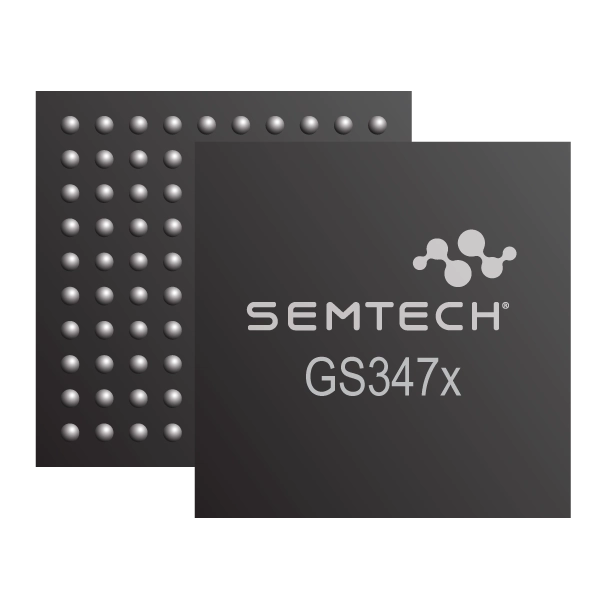
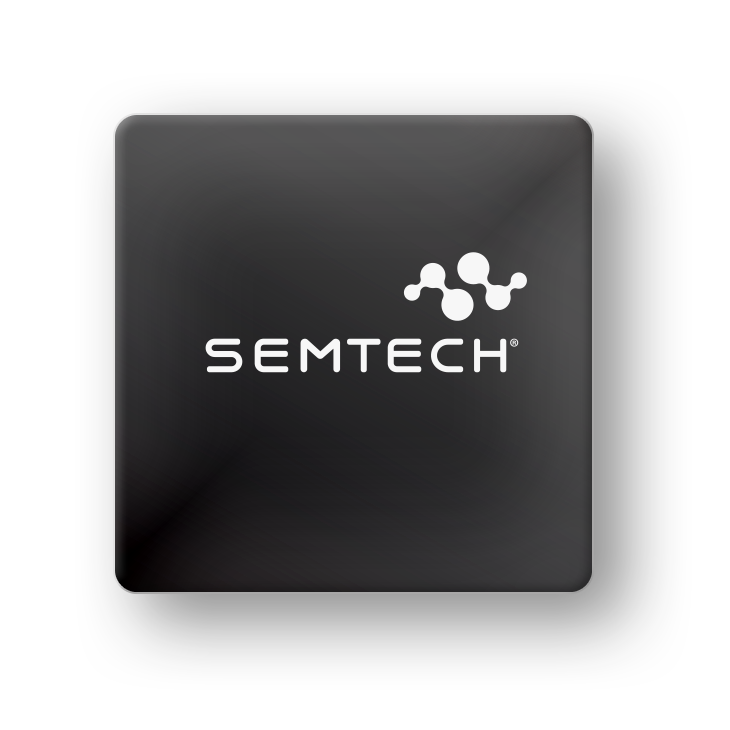

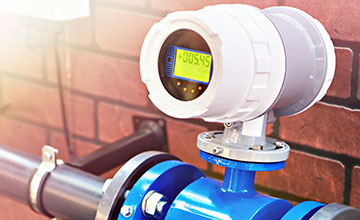

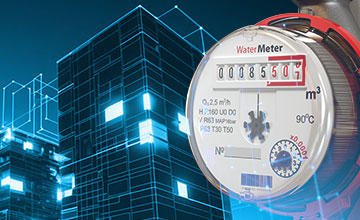







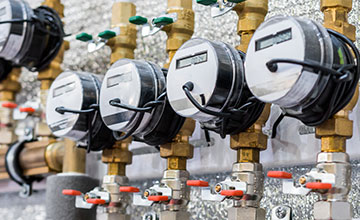




.png)













